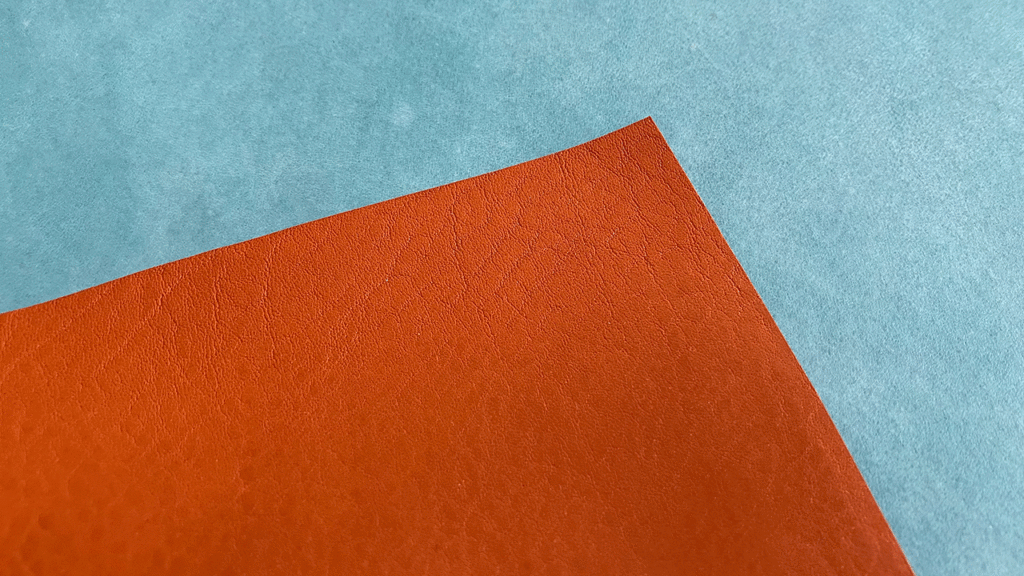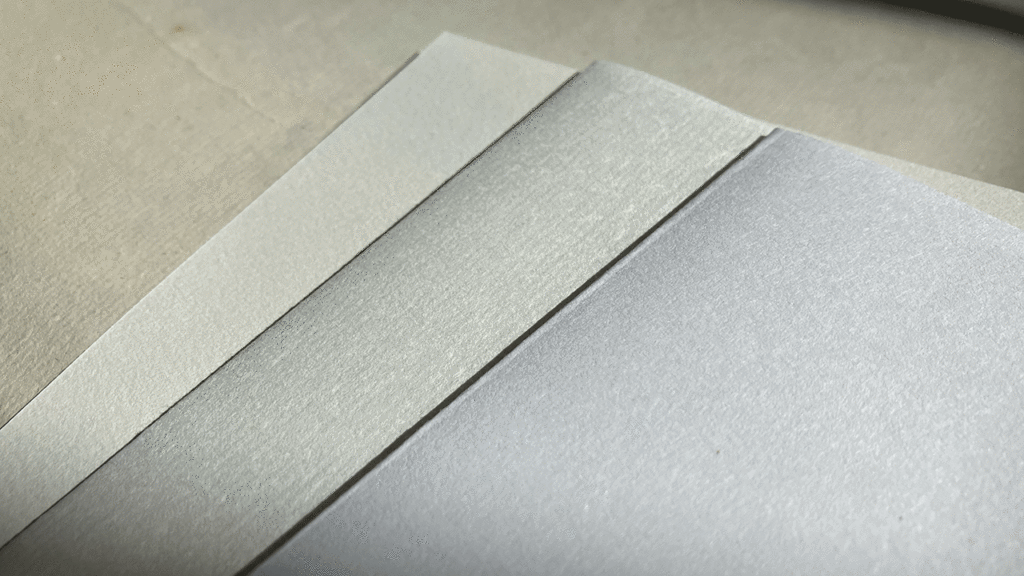Pinocchio
Pinocchio is the book we have chosen to inaugurate our publishing house, certainly because it has had a significant impact on world literature, but also on our lives, as it is one of the first fairy tales told in early childhood in our country, Italy.
We wanted to create the book of our dreams, without skimping on materials or rushing the production process, paying the utmost attention to every stage of its creation.
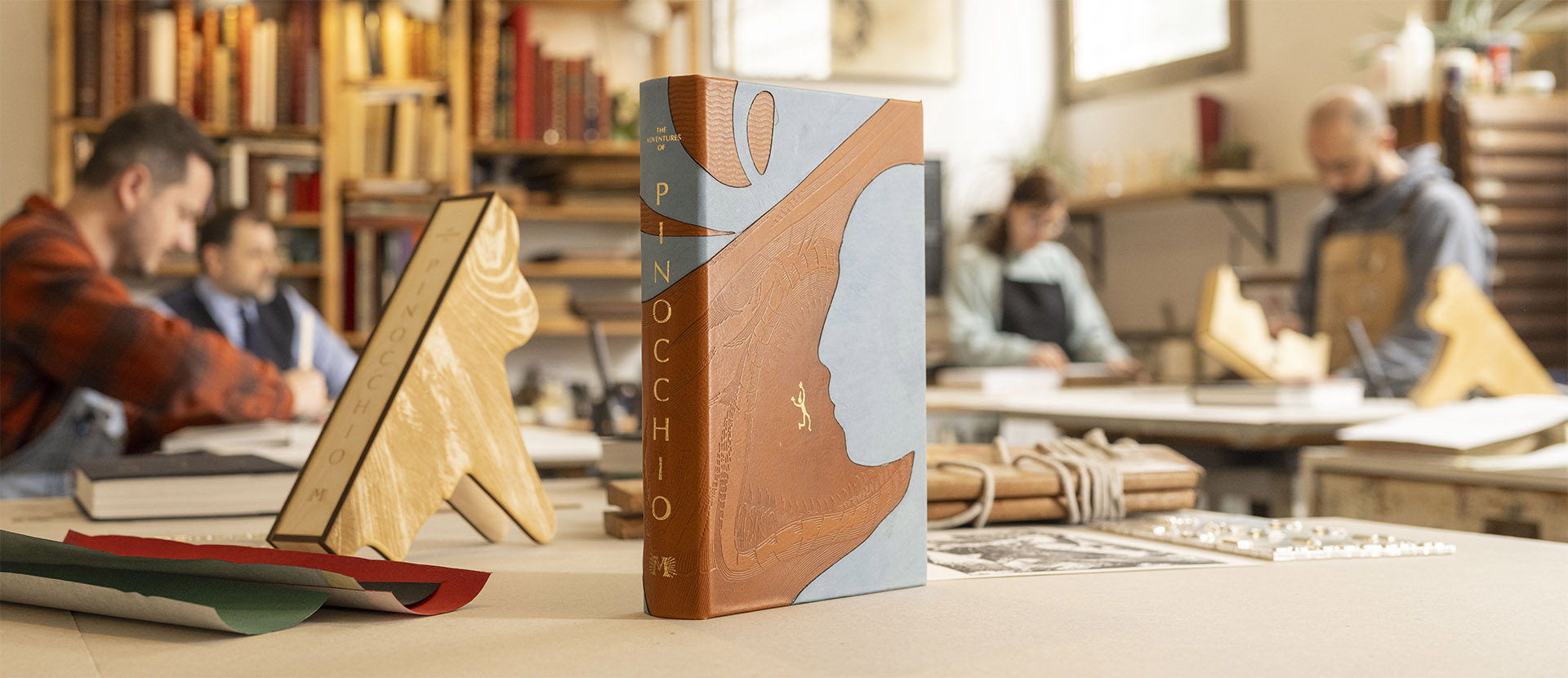
The illustrator

For the illustrations, we placed our complete trust in Luca Zamoc, an internationally renowned artist mainly associated with the world of street art. However, in his illustration work, he has always demonstrated a full mastery of technique, perfectly aligned with editorial and narrative needs.

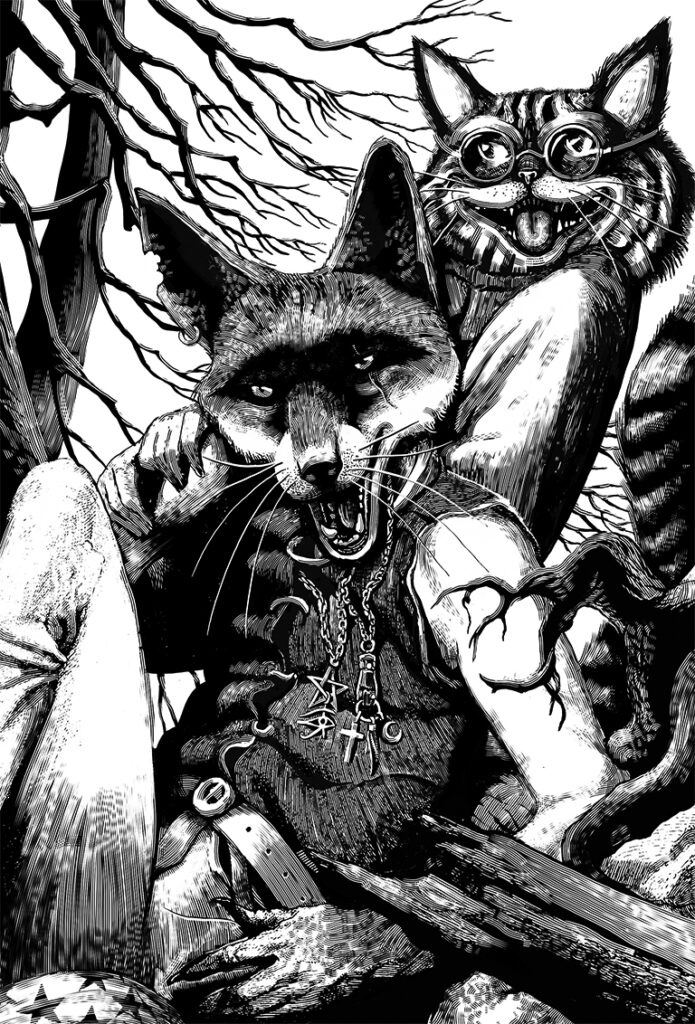
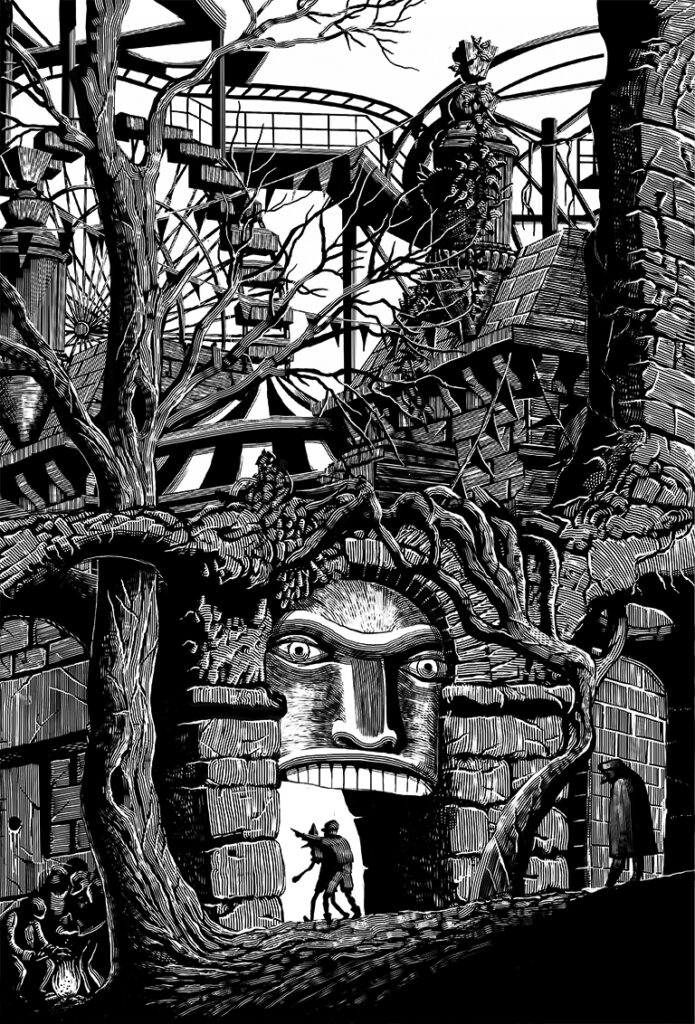
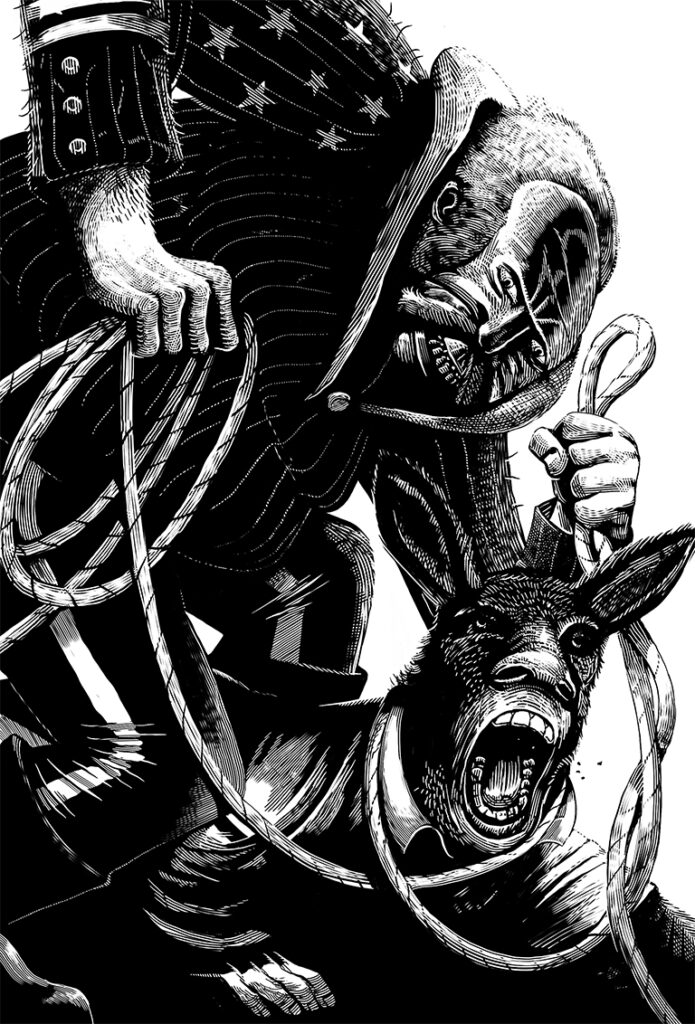
Printing
The book block is identical for all editions, except for the type of paper. The textual part was printed by the team at Archivio Tipografico in Turin using a mid-20th century Heidelberg OHZ flatbed cylinder press.
While the illustrations were printed by us with a FAG CP-510 printing press from the same period.
The endpapers were screen-printed using natural colors: the black ink was obtained by mixing madder, acacia, chlorophyll, indigo, and graphite.
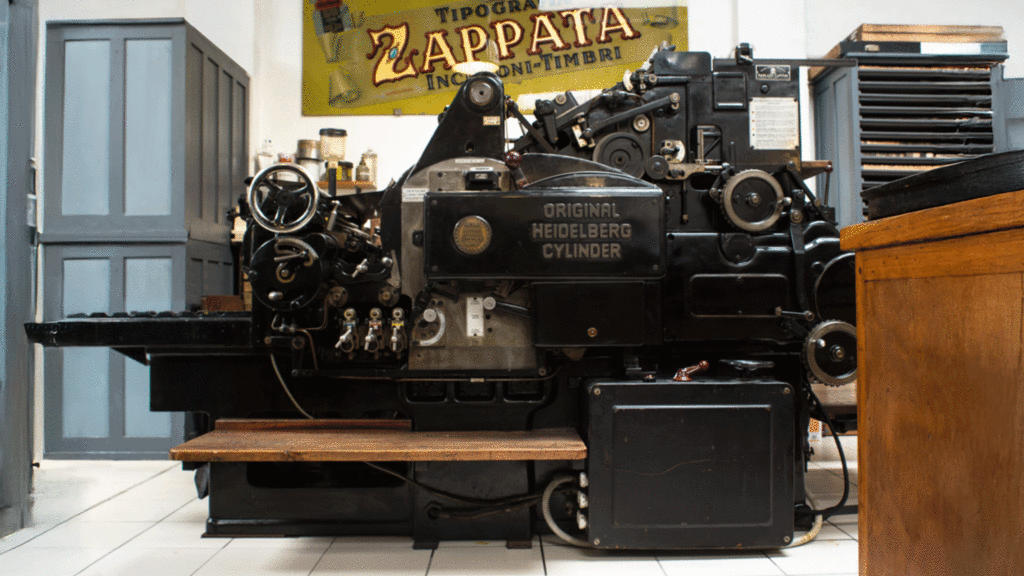
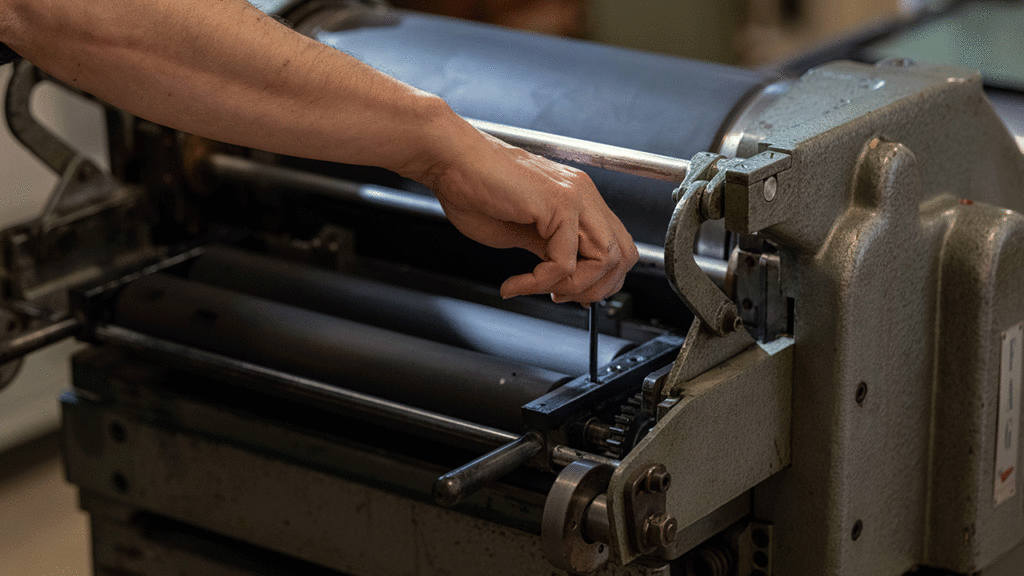
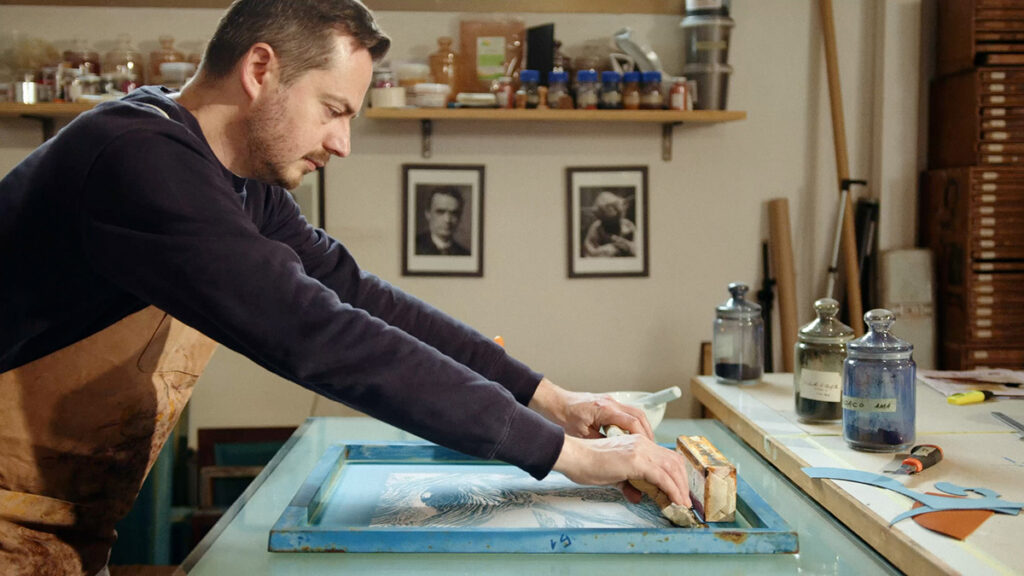
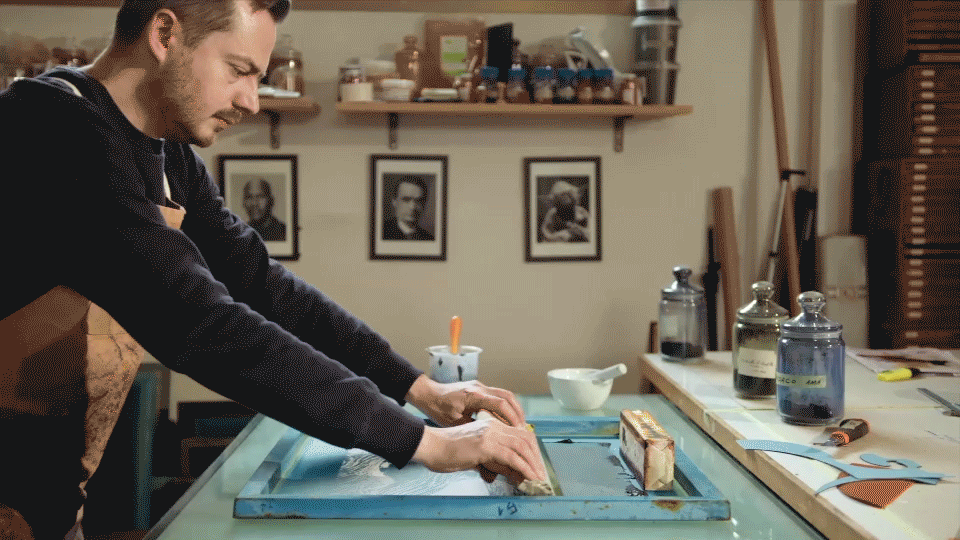
The book block is identical for all editions, except for the type of paper. The textual part was printed by the team at Archivio Tipografico in Turin using a mid-20th century Heidelberg OHZ flatbed cylinder press.

While the illustrations were printed by us with a FAG CP-510 printing press from the same period.

The endpapers were screen-printed using natural colors: the black ink was obtained by mixing madder, acacia, chlorophyll, indigo, and graphite.

Production
Each book was folded, sewn, and rounded by hand. Even the headbands, whether monochrome or two-colored, were hand-sewn onto the book using silk threads.
The covers were entirely handmade, as were the two-tone leather inlays.
The blind or gold decorations on the cover were created using a manually operated hot stamping press from the early 20th century, while the decorations on the book’s edges or along the cover board were entirely handcrafted.

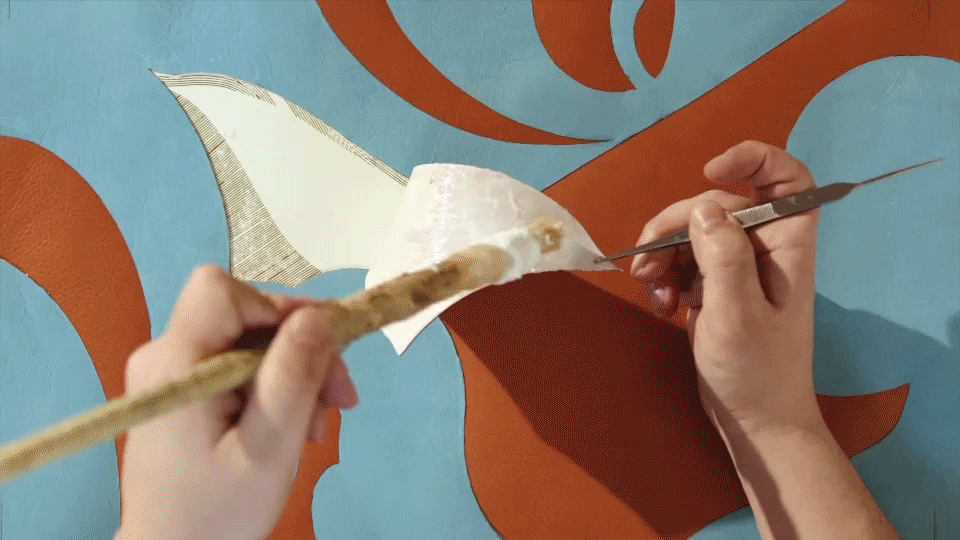
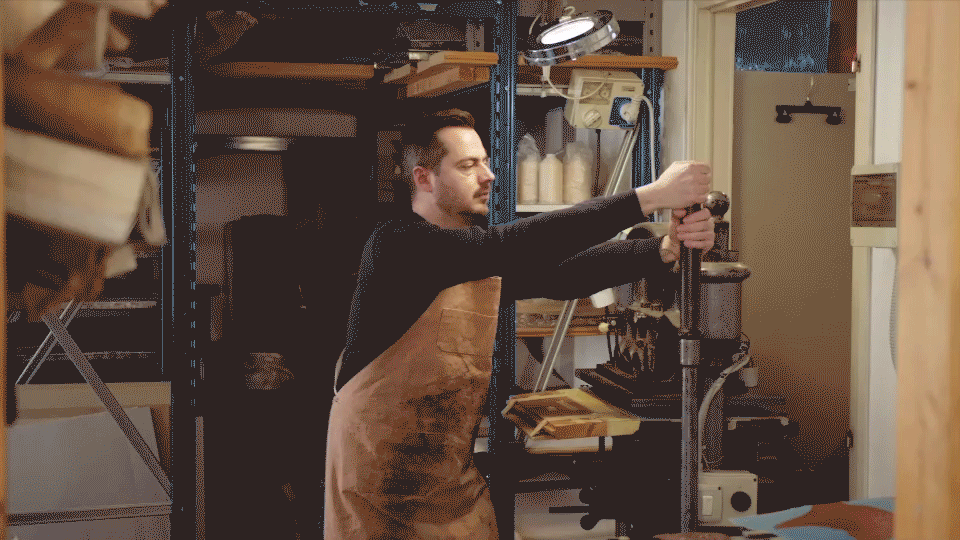
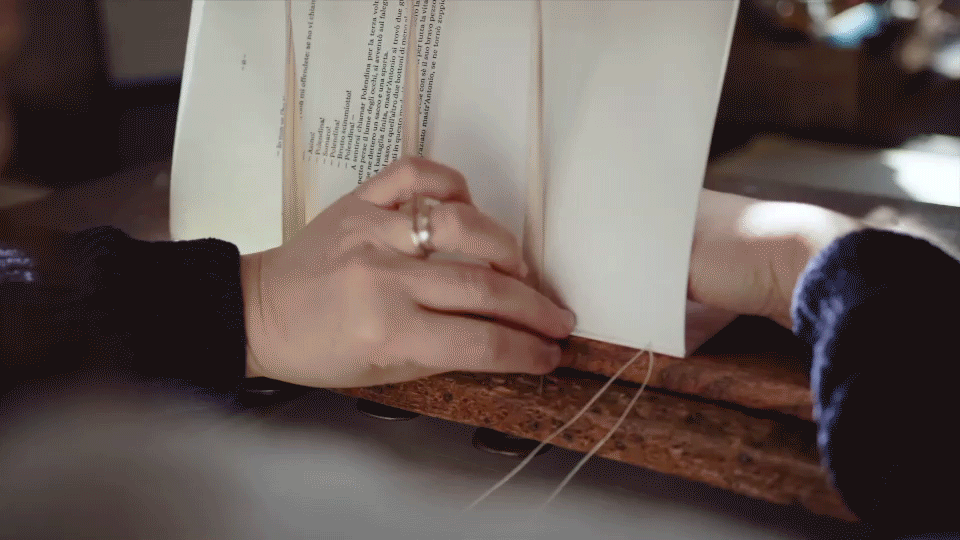
Each book was folded, sewn, and rounded by hand. Even the headbands, whether monochrome or two-colored, were hand-sewn onto the book using silk threads.
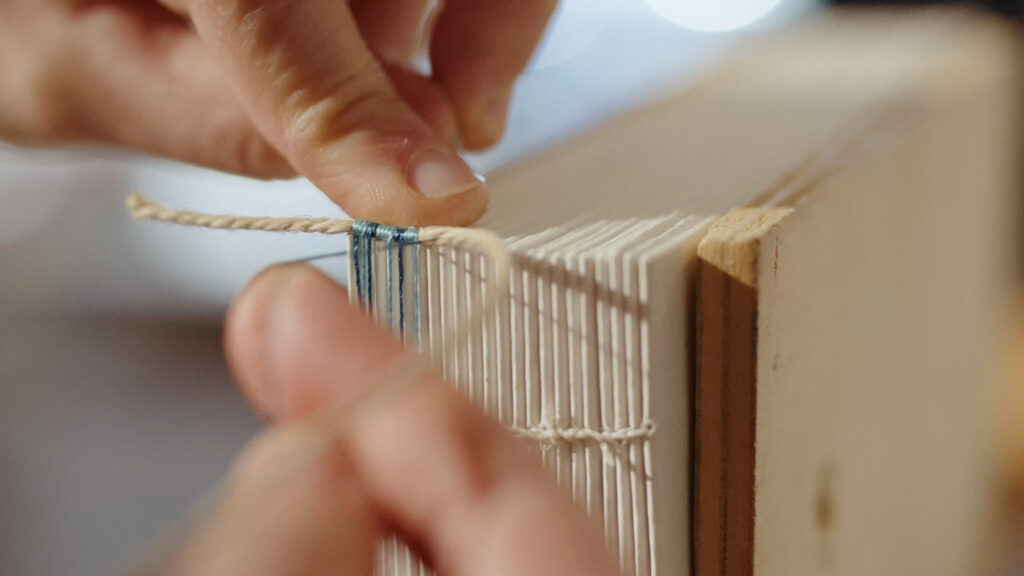
The covers were entirely handmade, as were the two-tone leather inlays.
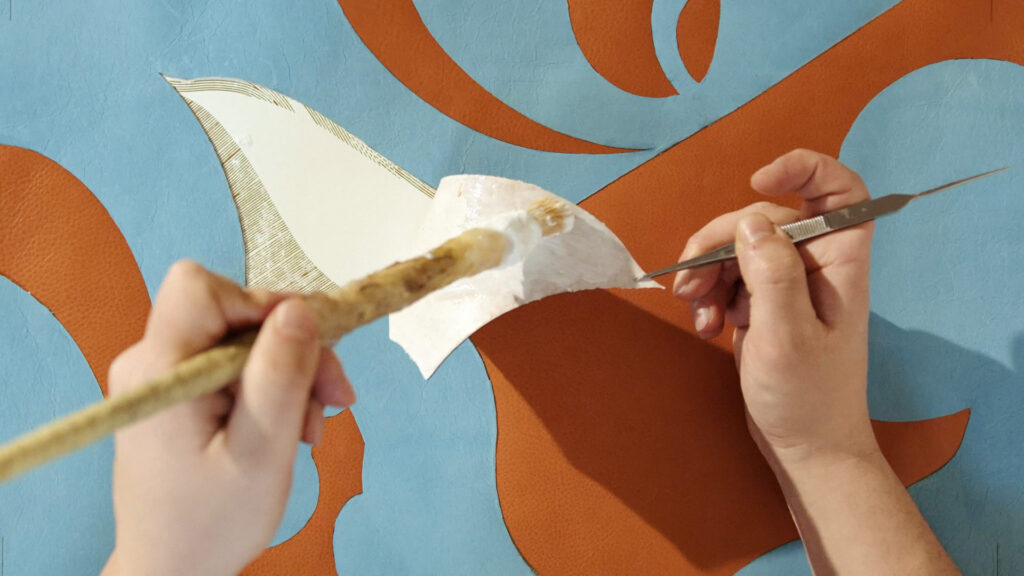
The blind or gold decorations on the cover were created using a manually operated hot stamping press from the early 20th century, while the decorations on the book’s edges or along the cover board were entirely handcrafted.

Materials used
All the selected materials are of the highest quality. For the leather, we turned to a Tuscan company that embraces the principles of a circular economy, is ISO 14001 certified, and uses only renewable energy.
The Munken Print paper, used for the Collodi, Cricket, and Puppet editions, is produced by Arctic Paper and certified FSC®, PEFC, Cradle to Cradle Certified™, and EU Ecolabel. The Tiepolo Fabriano paper, used for the Master edition, is certified FSC® and ISO 9001. The paper for the Unique edition, made by Manualis, is 100% cotton and is part of a project dedicated to total environmental respect, promoting a circular economy.
